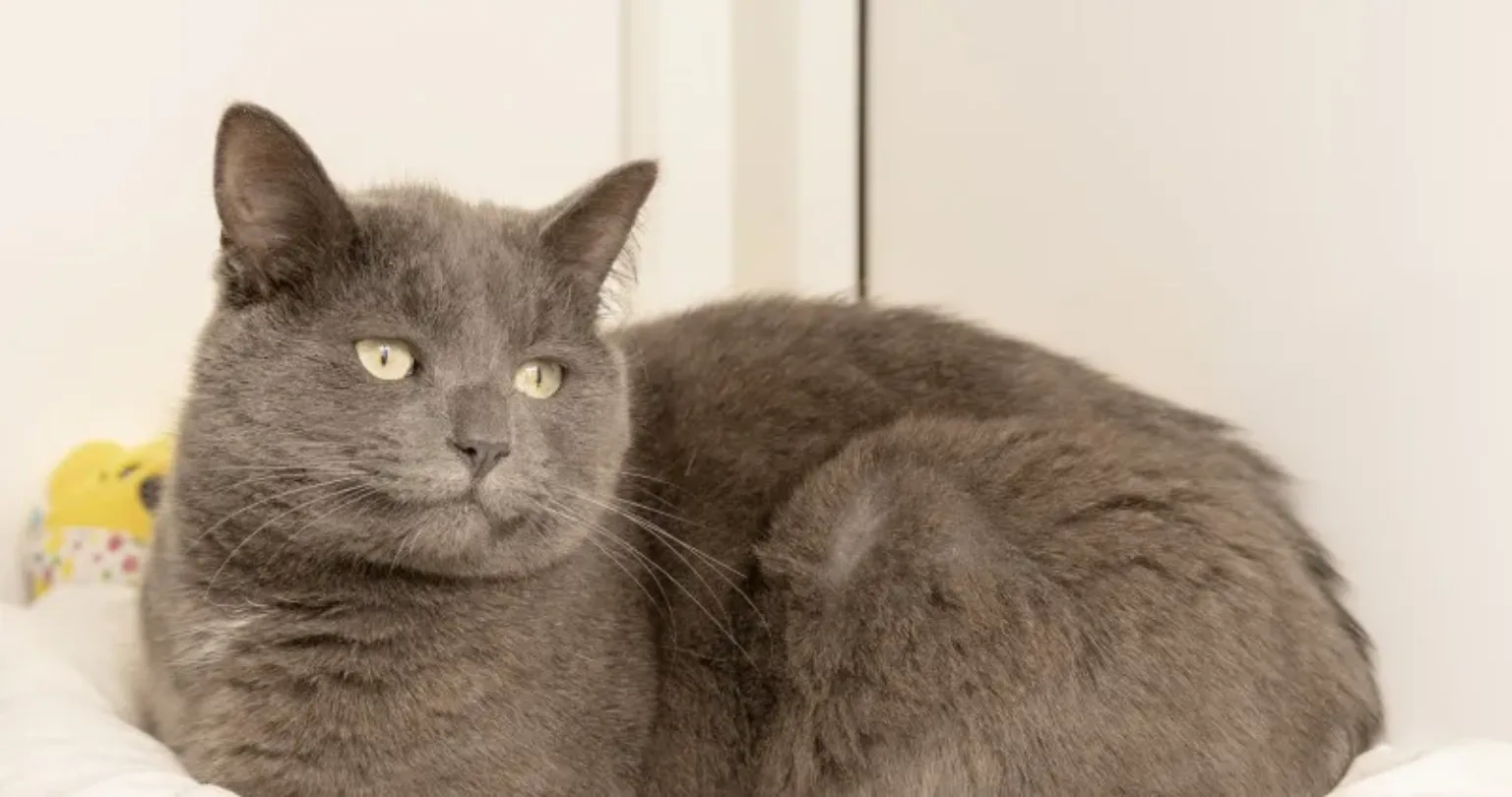Could you open your home to foster cats and kittens?
Fostering gives pregnant mums and their kittens the best possible start in life.

Brachycephalic airway syndrome is the medical term given to various breathing problems found in short-nosed, flat-faced cat breeds. Himalayans, Exotic Shorthairs and Persians are classified as brachycephalic.
Symptoms of an obstructed upper airway may include:
Treatment isn’t necessary unless your cat’s brachycephalia is affecting their quality of life. Talk to your vet if you’re concerned.
They may recommend surgery – including widening narrowed nostrils, shortening an elongated palate and removing tonsils. It’s a good idea to discuss costs with your vet before starting any treatment.
You will need to avoid risk factors as much as practically possible. Try to keep your cat cool during warm humid weather and watch out for common allergens like fleas, pollen and household dust.
Keep an eye on your cat’s weight – obesity can make respiratory problems worse.
Make sure you review the clinical history of your new cat and ask for more details on how the condition has been treated. You’ll need to sign a disclaimer to confirm you’ve been made aware of the condition. Any cat who’s had treatment is likely to have pet insurance exclusions, so it’s worth discussing potential on-going costs with your vet.